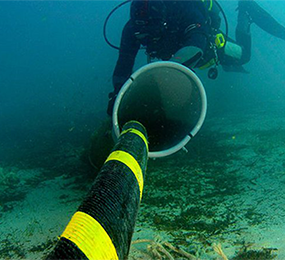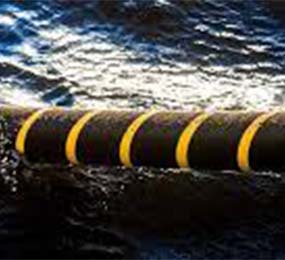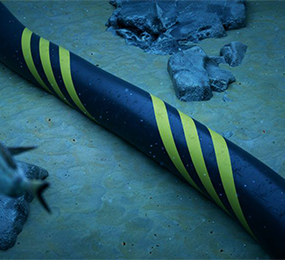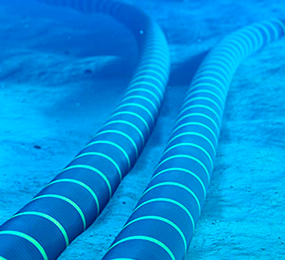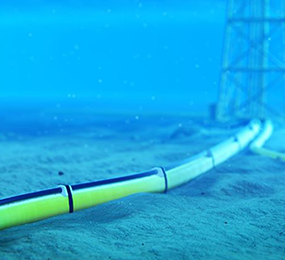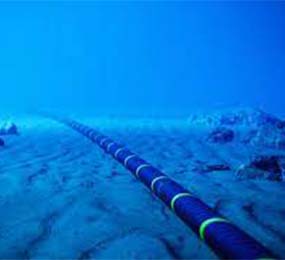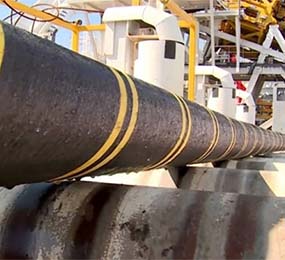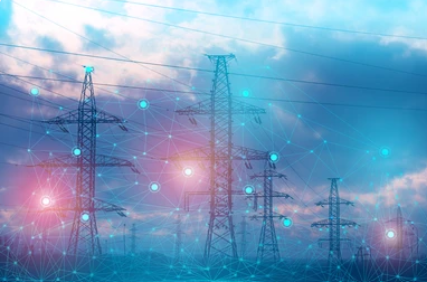The Evolution of Submarine Power Cable Technology: Past, Present, and Future
Submarine power cable technology has evolved dramatically, playing a crucial role in global energy transmission. Initially developed in the 19th century, early submarine cables were rudimentary, made of copper conductors insulated with gutta-percha. These cables laid the groundwork for modern power transmission across vast oceanic distances.
The present era has seen remarkable advancements. Today's submarine power cables utilize high-voltage direct current (HVDC) technology, significantly reducing energy loss over long distances. Modern insulation materials, such as cross-linked polyethylene (XLPE), offer superior durability and efficiency. These innovations enable the connection of offshore wind farms to onshore grids, facilitating the growth of renewable energy. Additionally, advancements in cable laying techniques and underwater robotics have made installation more efficient and less costly.
Looking to the future, the evolution of submarine power cables is poised to continue. Research is focused on developing materials with even greater conductivity and longevity, as well as enhancing the resilience of cables against environmental stresses. Innovations such as superconducting cables, which can transmit electricity with minimal loss, and more efficient energy storage solutions will further revolutionize this field. As global energy needs grow, submarine power cables will be essential in supporting a sustainable and interconnected energy grid.
Visit our website to know more: https://www.leadventgrp.com/events/4th-annual-submarine-power-cable-and-interconnection-forum/details
For more information and group participation, contact us: [email protected]
Leadvent Group - Industry Leading Events for Business Leaders!
www.leadventgrp.com| [email protected]


